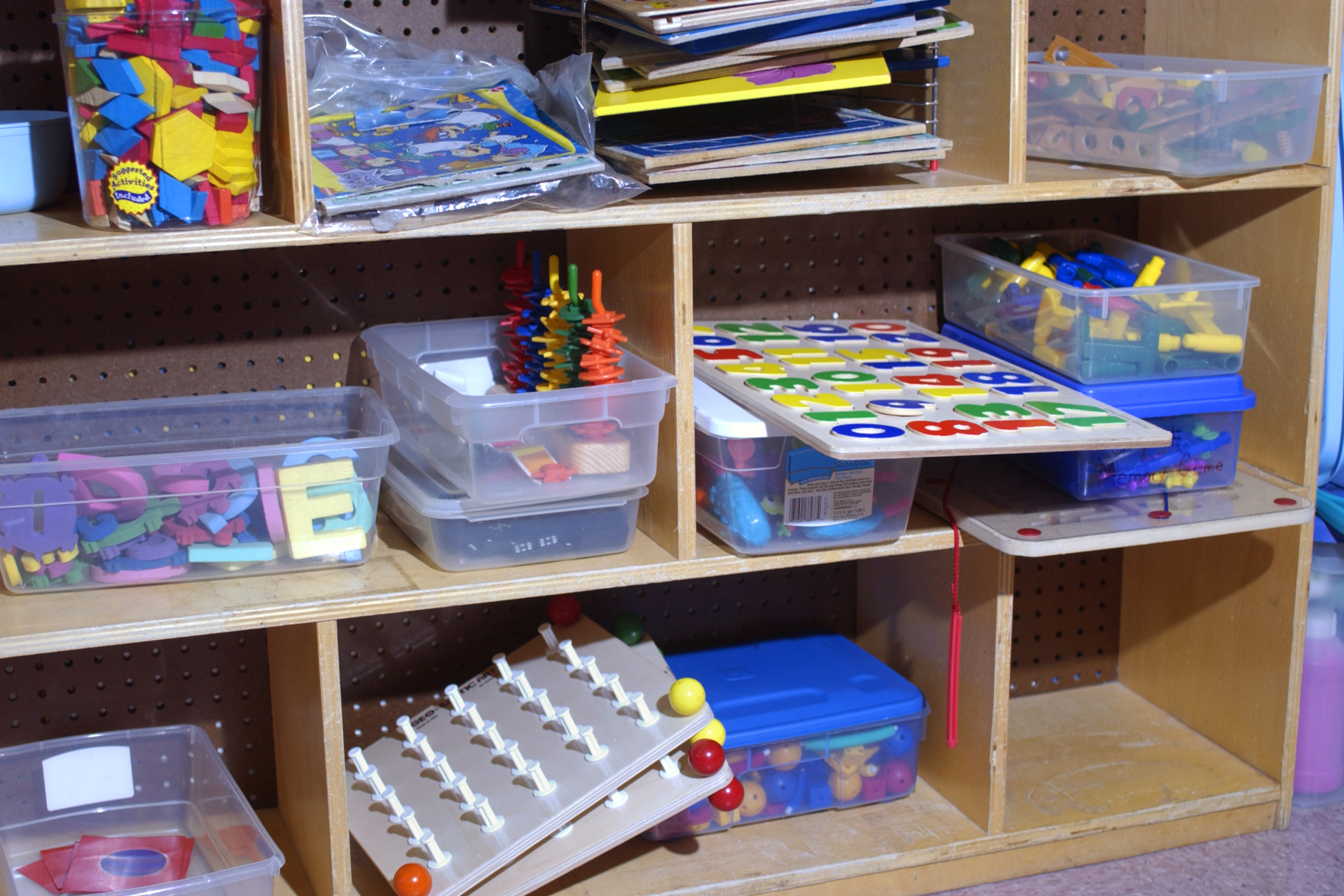
State authorities revamp day care regulations to meet federal standards and remain eligible for funding.
At first blush, increasing annual training requirements for day care workers from eight to thirty hours may not seem like a big deal. For some child care providers in Montana, however, it could mean cutting jobs. The day care center at the University of Montana in Missoula, for example, currently employs 60 students. “There is no way in the world” the university facility could pay for putting its 60 workers through nearly a week’s worth of training each year, its manager, Lorelea Sacks, recently told a local television station.
Bumping up continuing education requirements for day care workers was one of the various changes to state child care regulations proposed by the Montana Department of Public Health and Human Services earlier in 2016. Despite the costs the rules would impose on day care providers, the Department found itself spurred into action by a simple calculus created by the federal government: either update the state’s child care rules or lose access to millions of dollars of federal funding
The long list of decisions and tradeoffs Montana officials faced in developing the new child care rules offer an example of on-the-ground consequences of federal funding with strings attached. The reauthorized the Child Care and Development Block Grant Act of 2014 follows a familiar federal pattern of conditioning each state’s receipt of funding on its compliance with certain national standards. Federal lawmakers focused on improving health and safety in child care facilities by requiring state agencies to designate a “child-to-provider ratio,” carry out provider background checks and facility inspections, and increase the hours caregivers spend in continuing education each year. Many details are left to the states, but to receive the block grant funds each state must submit its regulatory plan for federal review.
Although Montana’s population barely exceeds one million people, the state could receive up to 15 million dollars in block grant funding each year, helping thousands of families access day care for their kids. To ensure the state’s eligibility for funding, state officials submitted their proposed plan for federal examination in early 2016. The regulations it contains will come into force this summer.
In addition to the thirty-hour training requirement, day care providers have expressed concerns about the new child-to-worker ratios and group size rules stipulated in the Montana plan. In Missoula, one of the state’s larger towns, some caregivers said lower ratios and cutting the number of children allowed in each day care age group will force them to raise rates for current clients and mean even longer delays for families on care center waitlists.
One provider in Missoula estimated their rates for infants would increase from $760 to “well over $800 per month” after the new rules take effect. Although block grant funding will help offset increased costs for some families, the money does not solve the long wait times – sometimes up to one year – that families can currently face due to a shortage of day care options in some Montana towns.
The state Department of Public Health and Human Services is responsible for enforcing some of the other regulatory updates as well. For each child care center employee, the Department must ensure it runs fingerprint checks through state and national sex offender registries as well as Montana’s criminal database. Traditional background checks, conducted by searching by the employee’s name in state records, will also continue. Kelly Rosenleaf, who directs a Missoula non-profit called Child Care Resources, has reportedly pointed out that the heightened background checks help bring child care standards in line with public school teachers. Rosenleaf has further noted background checks can help deter ineligible individuals from even applying for child care jobs.
Another state task under the new rules involves increasing the frequency and scope of its day care center inspections. Under the current system, some facilities may operate for up to three years between inspections. But following the new plan, licensed inspectors must make at least one unannounced visit to every child care facility each year.
Despite the costs and concerns voiced by providers, Montana officials have emphasized the benefits that accompany both the federal funding and the regulatory updates. The block grant expands eligibility for child care assistance to families earning up to 150 percent of the federal poverty threshold, and phases assistance out more gradually for families whose income increases. Although parents must typically be full-time employees or students to receive financial assistance, the revised program continues funding for individuals who lose their jobs over a longer grace period. This change is meant to provide parents time to search for new work.
Montana officials say they recognize the stress the added rules can place on care providers’ bottom lines. As this summer’s implementation deadline approaches, state officials and day care owners alike will continue attempts to balance limited resources with offering safe and enriching child care.



